Lensbaby are famous for their tilt lenses that allow you to move the point of focus, what they call the sweet spot around the frame. The Sol lenses (there is also a Sol 45) are yet another iteration of this idea.
I am reviewing the Sol 22, a 22mm lens which is made exclusively for Micro Four Thirds mount, and will look like a ‘standard’ lens. The Sol 45 will give similar results on a full frame Canon, Nikon, Sony, or Pentax camera. APS-C sensors will change the perspective to seem more like a short telephoto . There is also a Fuji-X mount.
Sharing a name with the Roman personification of the sun is a little cheeky as the maximum, and only, aperture is f/3.5. That means it is neither a bright lens, nor one that holds up all that well in the bright sun. However, in every other respect, this is a sunny little lens. It is well built, portable, light, sharp (where the sweet spot is pointed), and it is a whole lot of fun for both general and toy photography.
The Specifications
Both Sol models are manual focus tilt lenses with a sweet spot that covers around 5-10% of the image, then dramatically falls off to bokeh. As stated earlier, the only aperture of the lens is f/3.5 (although the bokeh blades can bring this down to an f/5.0 equivalent) so if you are heading out into bright sunlight you may need to pack a neutral density filter. I tend to shoot in overcast conditions, in the shade, or by the light of a picture window. The f/3.5 aperture has not bothered me in darker conditions, although I do tend to move my ISO close to 1600, and use a tripod on occasions.
A minimum focus distance of 9cm (3.5”) is marvellous for the Sol 22, but the Lensbaby site states the Sol 45 has a MFD of 35cm (14”) which is less exciting. I suggest those with non-MFT mount cameras should factor this into the toy photography value of this lens. It focuses to infinity and both models would make a nice short portrait or standard landscape lens. The Sol 22 will focus from MFD to infinity in a 90° turn.
You will hardly notice the weight of this lens, even on a small camera (at 144-256g or 5-9oz, depending on the mount you buy). The build seems to be all metal, with the exception of the bokeh blades, which are plastic. The lens is short at 38mm (1.5”) but is quite wide at 73mm (2.9”) diameter. This means that mounting this lens on a small camera and then a tripod may become a problem. I get around this by making washers out of cardboard which pad out the 7mm under-hang on my Panasonic GF8. The lens tilt will increase this by a couple of millimetres.
Speaking of tilt: the lens will tilt 8.5° in any of thirteen slots provided for the function. The angled entry for each slot means that although it doesn’t have the same analog feel of some of the other tilt lenses in the Lensbaby range, it can be positioned in most areas of the frame. A simple twist of the rear ring will allow this, and twisting in the opposite direction will return the sweet spot to the centre. It seems a bit weird, but it works very well. I can get the sweet spot to the top or bottom of an MFT frame and almost to the other edges.
The two bokeh blades can be swung independently in front of the simple three element lens and the blade combination can be rotated 360° to change the shape of the bokeh interference (mainly in the form of slashes through the bokeh highlights). I’m personally not that impressed by the look and keep the bokeh blades retracted; however, others may like it.
Suitability for Toy Photography
The Depth of Field for toy photography is narrowly (pun intended) acceptable and, as the appeal of this lens is its bokeh, the narrowness of focus doesn’t really concern me whilst shooting. The DoF at the minimum focus distance of 9cm (3.5”) is pretty tight at about 0.13cm (0.05”) which I find just workable with Minifigures. As a general rule, the larger the subject the further you will be away, and the DoF will improve. I tend to shoot 6” figures at a distance of 20-30cm (8-12”) and at the longer distance the lens will give you up to about 1.8cm (0.75”) DoF. Not thrilling, but workable.
The minimum focus distance of the Sol 22 is okay for shots as close as ¾ length of Minifigures, but the lens works brilliantly with 6” figures and larger. The width of the lens can sometimes be a problem with smaller toys, as it makes it harder to get the lens closer to the ground.
Moving the sweet spot can give a great impression of movement and is very effective in focussing the viewer’s eye where you want it. The falloff is dramatic, but pleasant, and the more oblique the sensor angle is from your scene the greater the effect.
Given that many toy photography subjects are based around fictional characters, the surreal look that this lens produces allows for a wide range of photo opportunities.
The Summary
The Sol lenses have the opportunity of giving your photography a ‘one trick’ look if overused, but then this is a problem with all special effect lenses and filters. With discretion, and bouts of leaving the lens in the cupboard, it should keep the look fresh when you have need to use it. I have now had the lens for a week and I have found it hard to take it off the camera, it is that much fun to use. I do not believe that you would ever appropriately replicate the look this lens gives you in post processing. The resultant images have a very organic and pleasant look to them and they tend to impress the viewer, even with pedestrian subjects.
With a bit of forethought you can get the lens to work effectively with smaller toys, but it really shines with with larger subjects. I feel that if the price can be justified (and it is quite affordable compared to other lenses) then the toy photographer would find many subjects and scenes that would look great through this lens. I feel it is excellent value and should hold its appeal for many years of infrequent shooting.



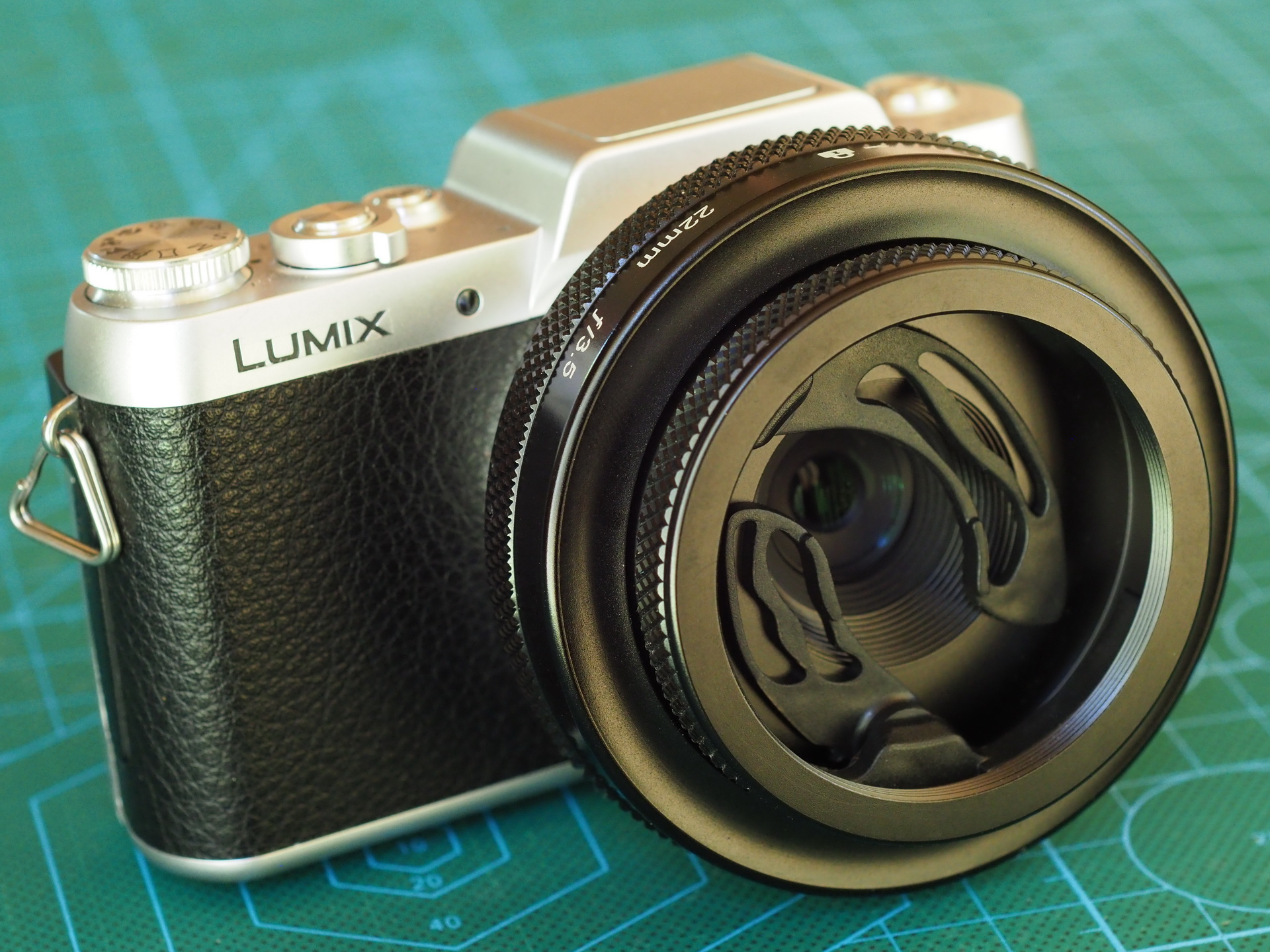
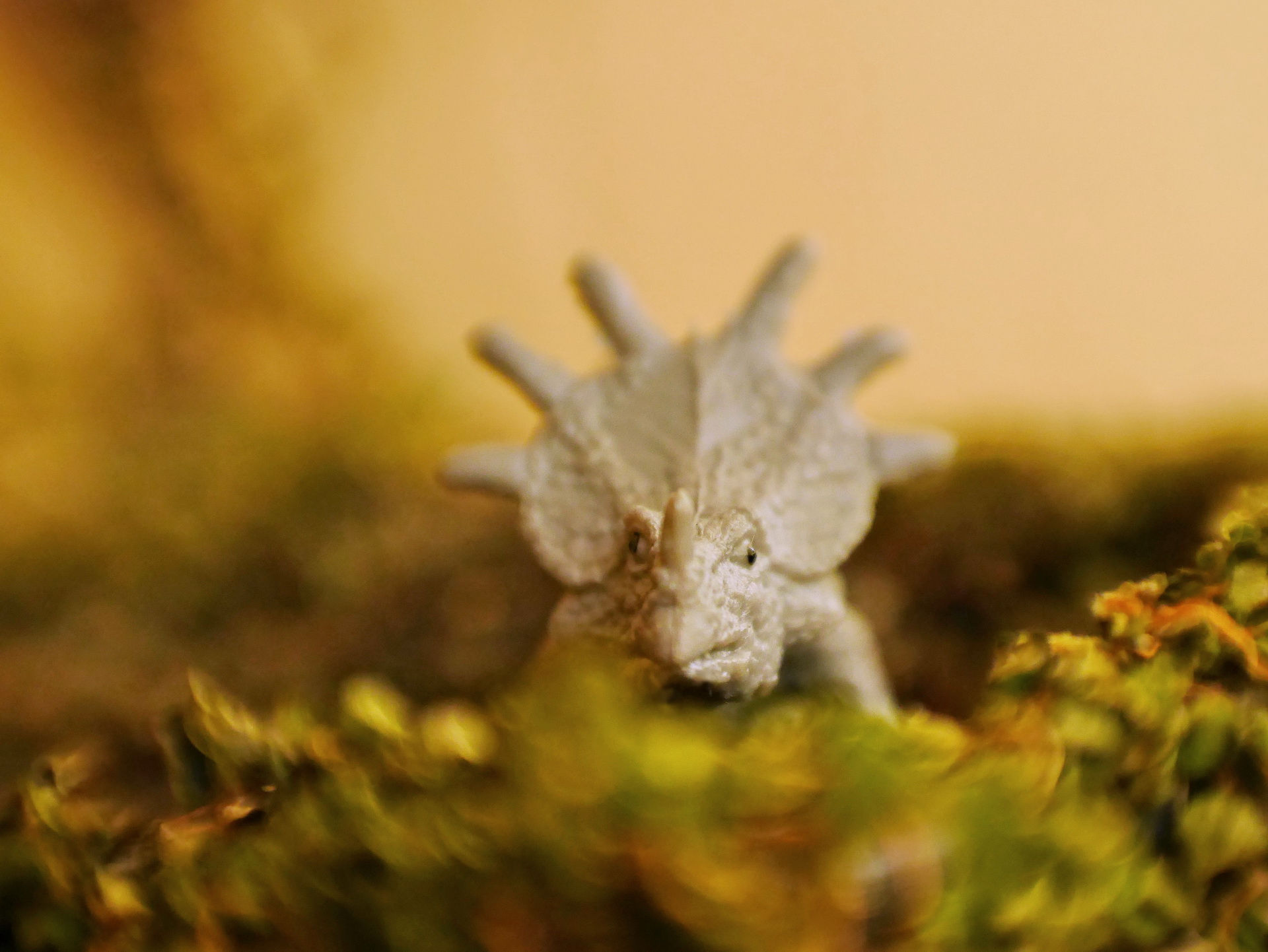
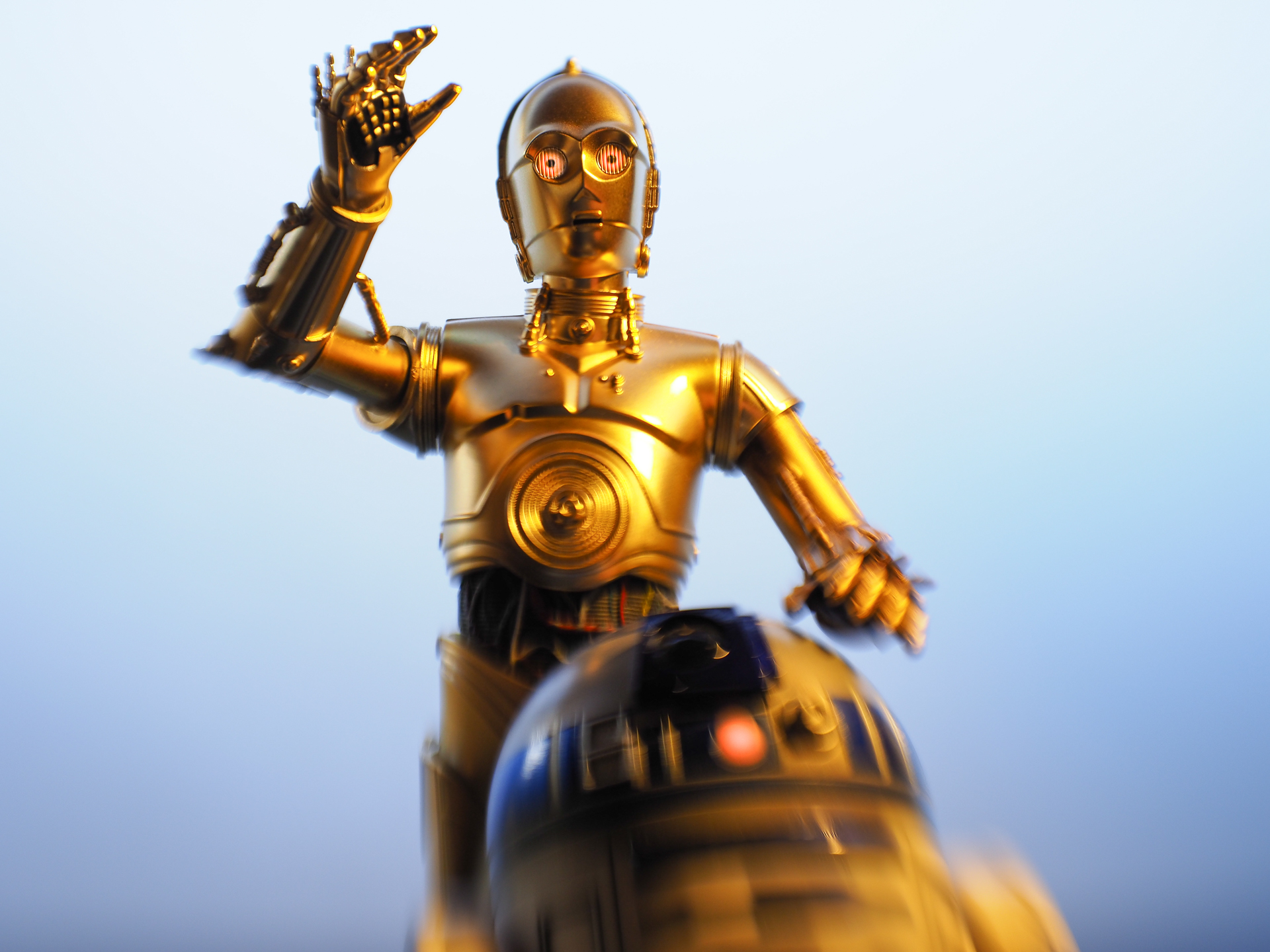
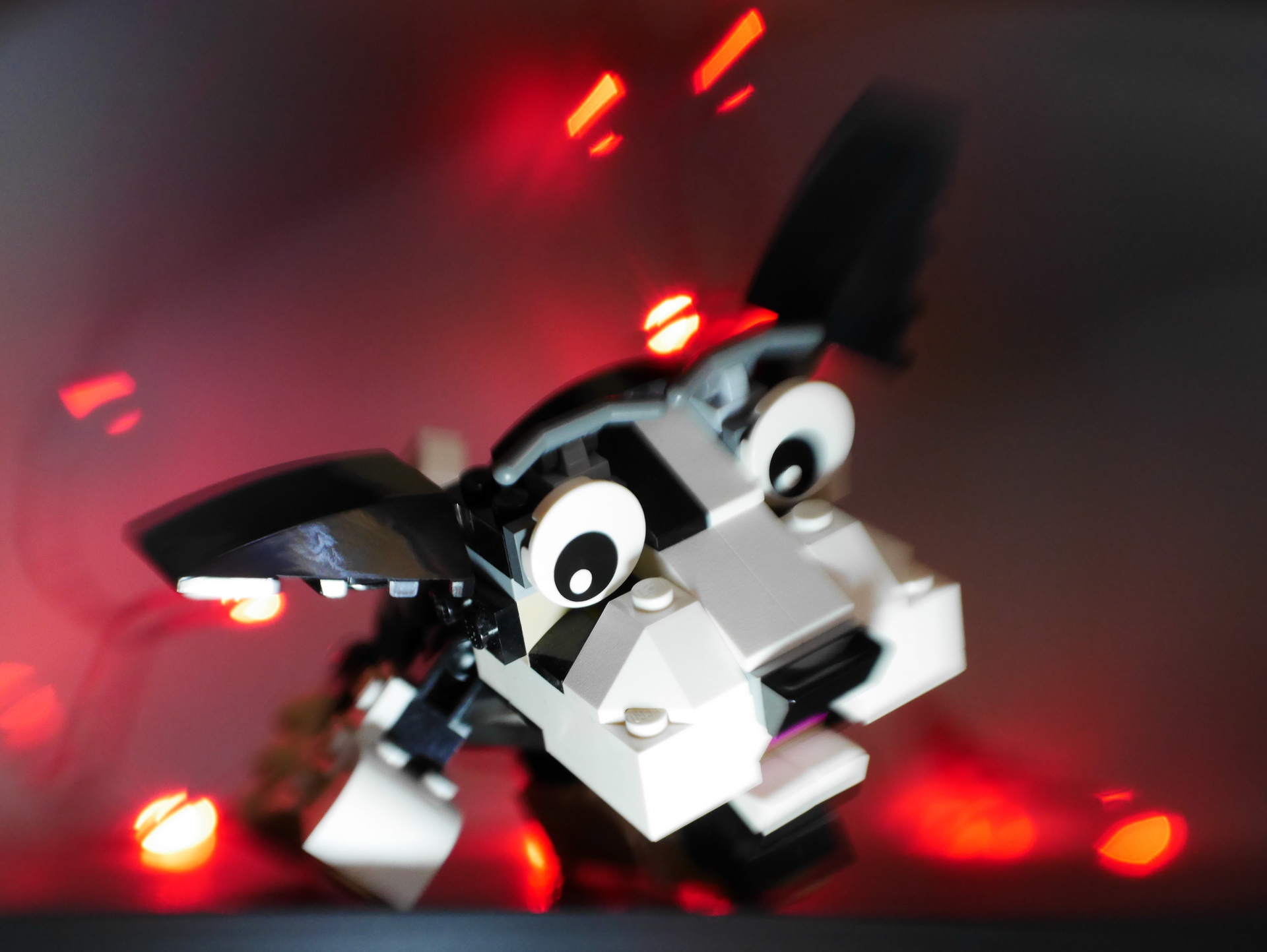
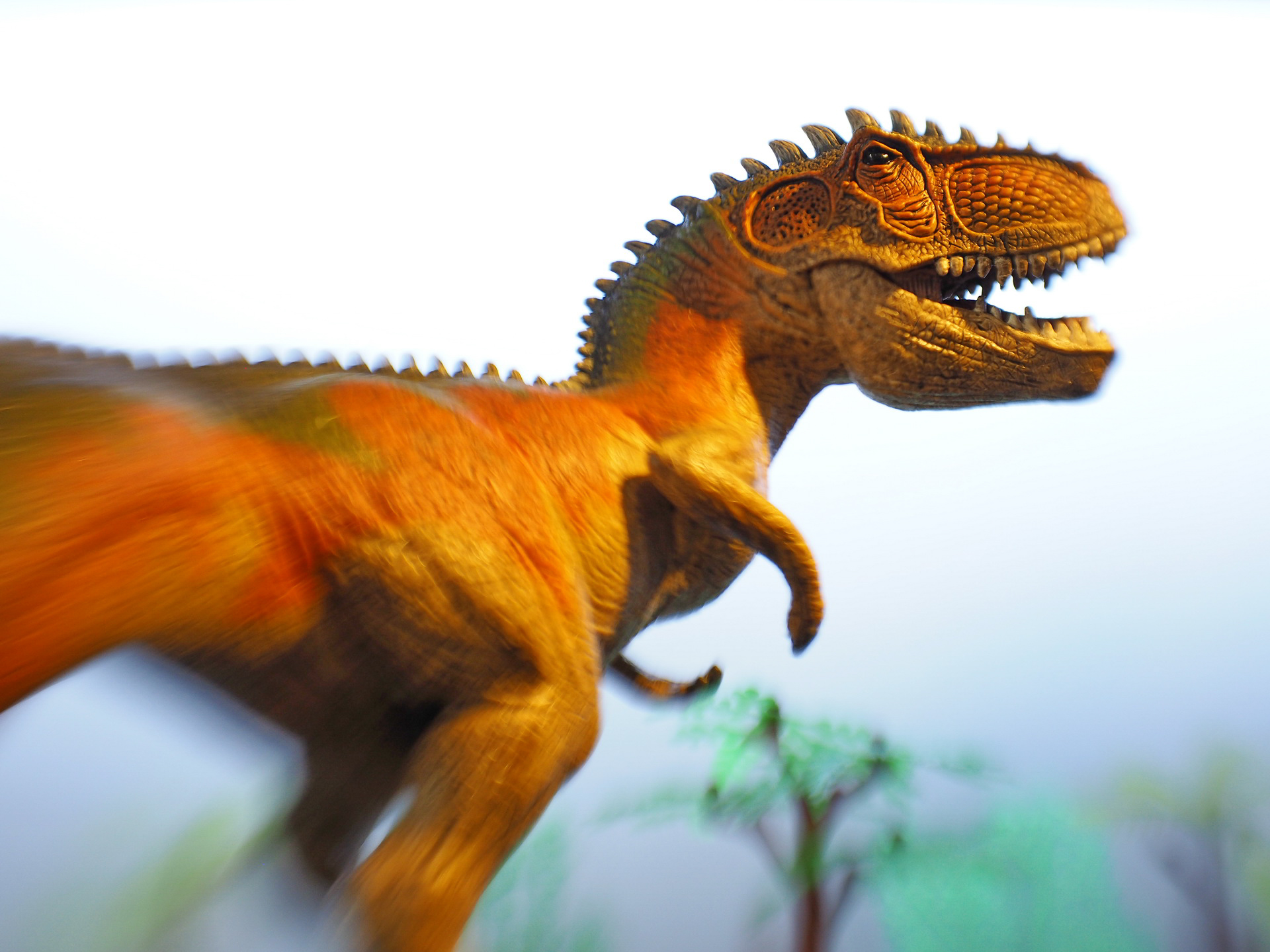
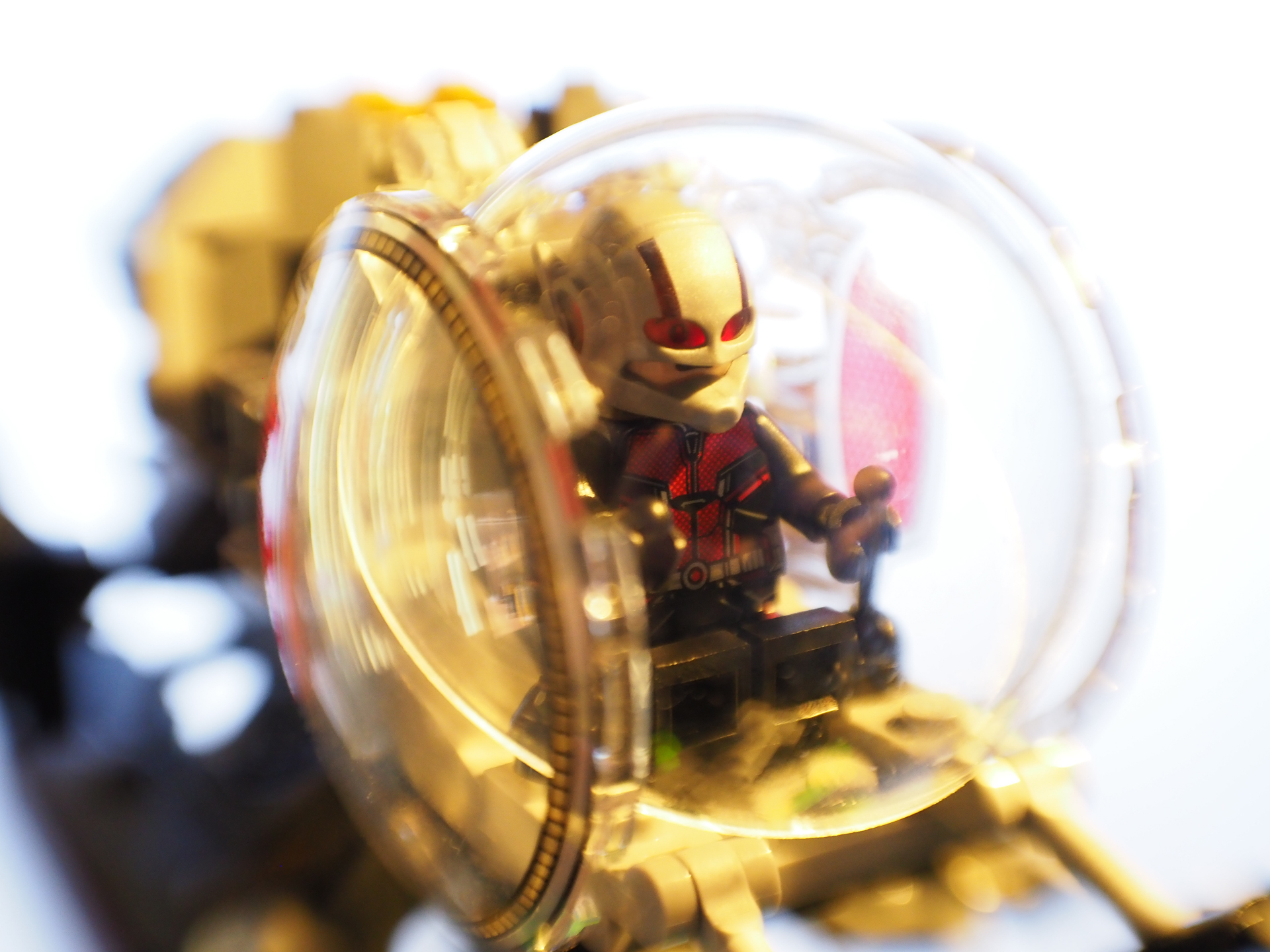
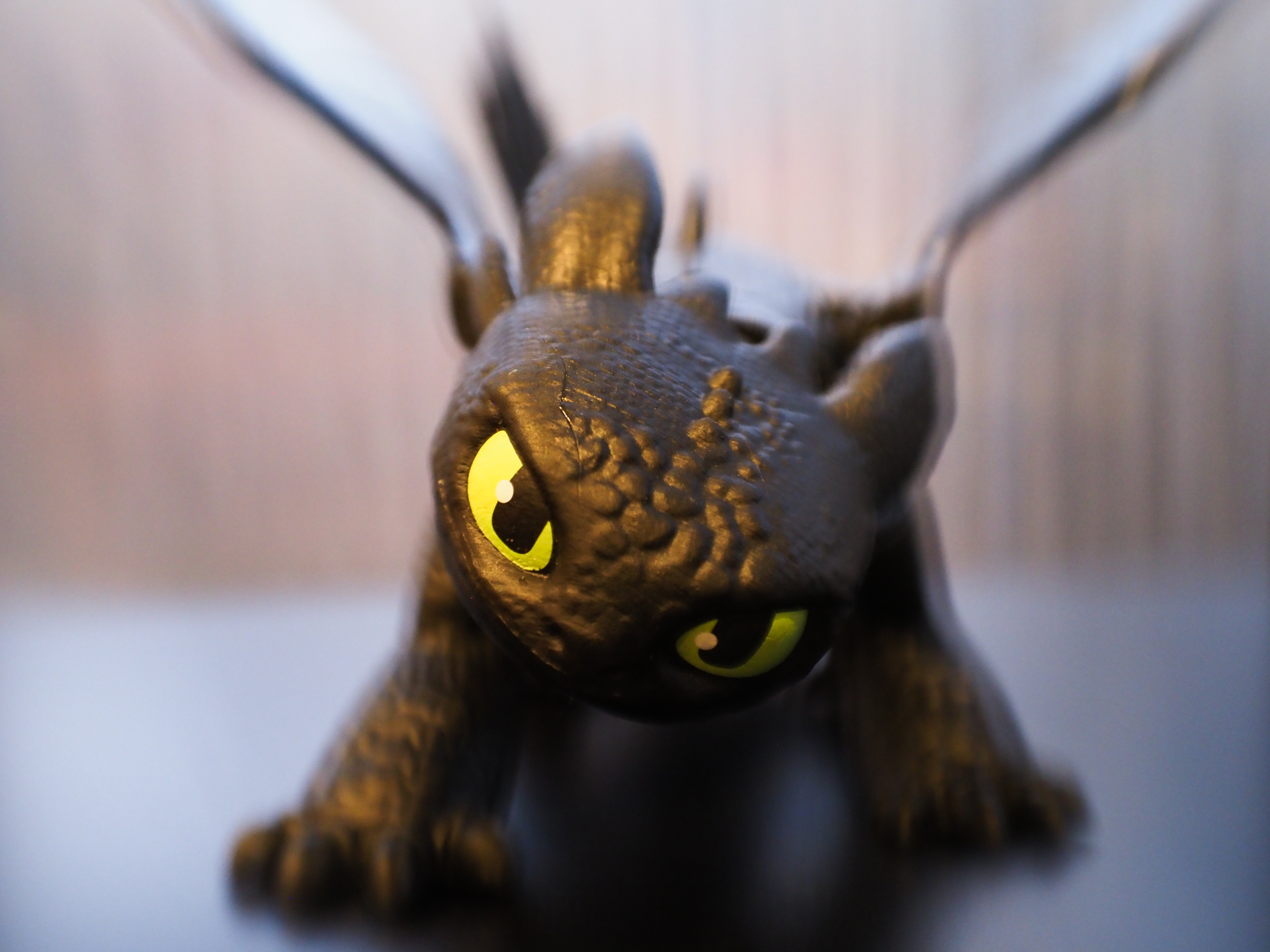
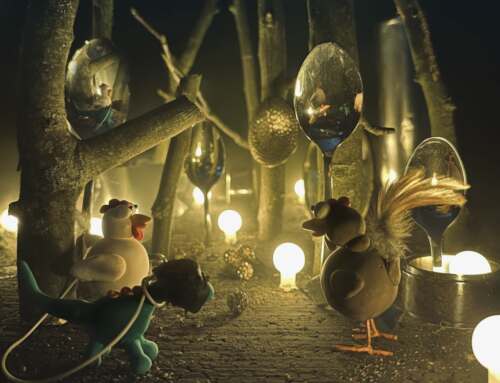
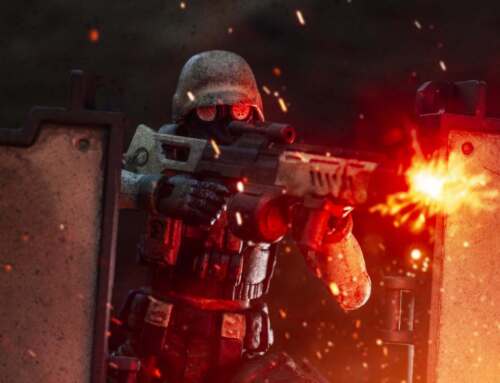
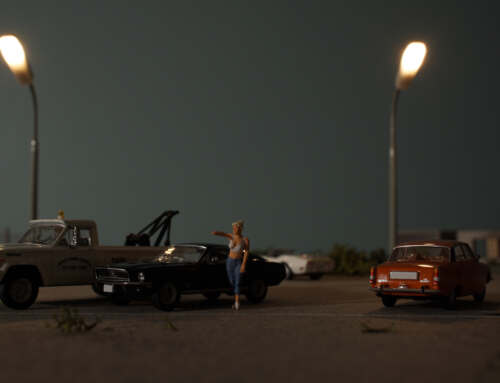
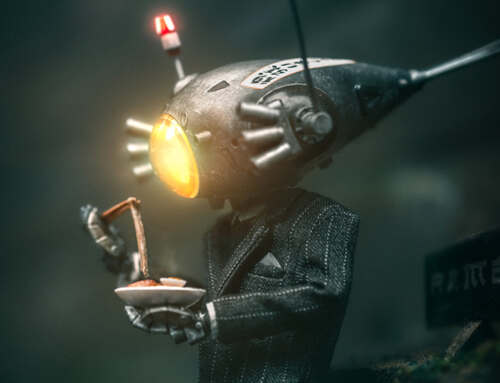
Lovely images and a thorough review of this interesting lens. I’ll be keen to find out more about the Sol45. I’ve yet to check it out but I suspect the MFD might be similar to the Canon nifty fifty. Wonder what sort of look might turn out if an extension tube is added to it when shooting minifigures.
To the Wishlist this lens shall go!
Thanks Janan. On a full frame sensor the Sol 45 should look similar to my images here, although DoF will be approximately half at the same distance, given the change of focal length. I am yet to try an extension tube as I have found the minimum focus distance of the Sol 22 is plenty enough for toy photography. Unfortunately you do not have that luxury with the Sol 45. By rights the biggest issue will be the focal range. It always gets a lot narrower with an extension tube on.
Excellent review Tony – very thorough. I only disagree on one point, the amount one uses it. I think if you’re looking for a particular style for your photos, you can do a lot with this lens and its kin to help create toy photos that stand out from the crowd. But that is a personal preference. Your review was a treat to read!
Haha Shelly you may be right. It’s month since I wrote this review and my camera still has the Sol 22 on it. I have removed it a few times, but this lens always seems to return.